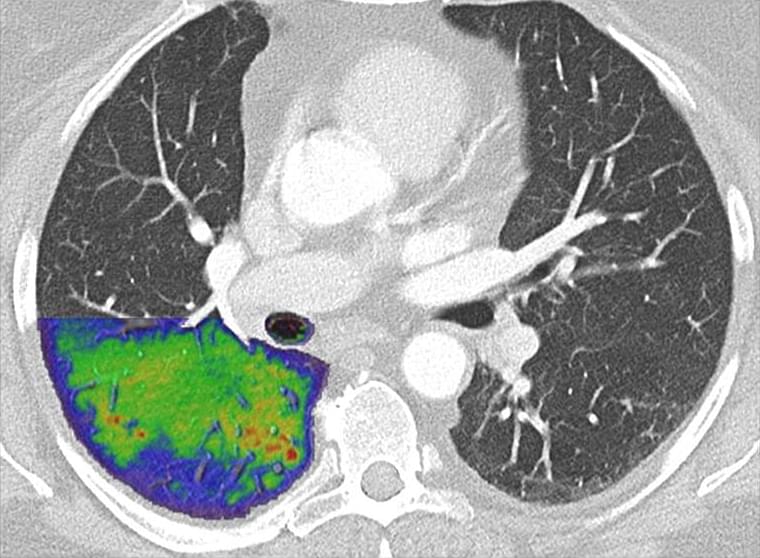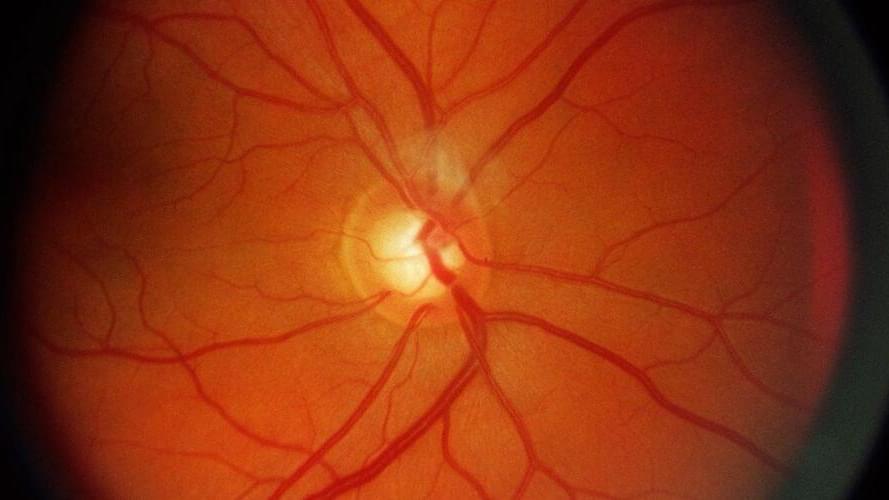Archive for the ‘biotech/medical’ category: Page 971
Nov 21, 2021
How Morocco Secretly Controls China, India, The United States, And the World
Posted by Jamal Simpson in categories: biotech/medical, economics, food

This is a farm in China.
This is a Mcdonalds in New York.
This is an apartment complex in Mumbai.
And this is a skyscraper in London.
What do all these have in common? Well as it turns out. All of these places’ successes or failures…
Economic booms or collapses…
And even population growth or famines…
Might soon be decided by the nation of Morocco.
Continue reading “How Morocco Secretly Controls China, India, The United States, And the World” »
Nov 21, 2021
How To Learn Anything Faster Like Elon Musk
Posted by Kelvin Dafiaghor in categories: biotech/medical, business, education, Elon Musk, neuroscience, space travel
Everyone talks about learning methods, but few people can find realistic and genuine methods that provide a net profit in the types of information and application.
Elon Musk has broken through that barrier by employing learning techniques that have been proven time and time again to be successful. Musk may be said to have taken use of his education by becoming a disruptor. He and his businesses have transformed entire industries, such as transportation, energy, and space.
He recently stated at a press conference that his plans for his biotech company, Neuralink, are proceeding well, implying that he will likely move his focus in the near future to yet another sector. Musk is, without even a doubt, a once-in-a-generation genius. Possibly on par with Nikola Tesla, Albert Einstein, and Isaac Newton. He tackles things in a different way than the typical entrepreneur.
Nov 20, 2021
FDA approves first drug for genetic cause of dwarfism
Posted by Quinn Sena in categories: biotech/medical, genetics
The Food and Drug Administration approved the first treatment for the most common cause of dwarfism Friday, a drug that has proved to increase children’s height but has been polarizing among adults with short stature.
The treatment, developed by BioMarin Pharmaceutical, is a once-daily injection for children with achondroplasia, a rare genetic disorder that results in dwarfism and can lead to serious medical complications. In a pivotal clinical trial, patients who got the drug, called Voxzogo, grew 1.6 centimeters more over the course of a year than those who received placebo. That means patients who take Voxzogo throughout childhood are likely to reach heights similar to their peers who don’t have achondroplasia, according to BioMarin.
“It’s the difference between being able to drive a car or not, reaching stuff in closets, being able to take care of your hygiene,” said Jean-Jacques Bienaimé, BioMarin’s CEO. “It would make a huge difference for those patients. There’s no question about it.”
Nov 20, 2021
Paper shortage hits American retailers when they need it most
Posted by Quinn Sena in categories: biotech/medical, finance
Skyrocketing demand for boxes and packing materials during the pandemic has slashed paper production across North America, and it couldn’t have come at a worse time for retail companies.
“We’re starting to hear, ‘We’re out of paper,’” said Polly Wong, president of San Francisco-based direct-marketing firm Belardi Wong, noting that some of her clients already missed their fall advertising campaigns due to issues at the printers. Wong estimates that 100 million catalogs will not be printed or reach U.S. homes in time for the year’s biggest spending season as a result. “It kind of put our industry up in a panic.”
With some mills converting to cardboard to meet the spike in e-commerce deliveries and others shutting down altogether, more than 2.5 million metric tons of North American printing and writing paper capacity — or nearly one-fifth of 2019 levels — has come offline since the start of last year. That’s according to Kevin Mason, managing director for ERA Forest Products Research, a financial research company that specializes in paper and forest products.
Nov 20, 2021
Photon-counting CT promises a new era of medical imaging
Posted by Quinn Sena in categories: biotech/medical, electronics
Transforming CT: Naeotom Alpha is the world’s first photon-counting CT scanner. (Courtesy: Siemens.
Nov 19, 2021
A soft magnetic pixel robot that can be programmed to take different shapes
Posted by Dan Breeden in categories: biotech/medical, robotics/AI
Magnetic soft robots are systems that can change shape or perform different actions when a magnetic field is applied to them. These robots have numerous advantageous characteristics, including a wireless drive, high flexibility and infinite endurance.
In the future, micro-scale magnetic soft robots could be implemented in a variety of settings; for instance, helping humans to monitor the environment or to remotely perform biomedical procedures. Most of the systems developed so far, however, can only complete simple tasks and take on a limited number of shapes.
Researchers at the Chinese Academy of Sciences have recently devised a new technique for creating shape-programmable magnetic soft robots. This technique, outlined in a paper pre-published on arXiv and presented at the CCIR2021 conference, allowed them to create a new robot based on magnetic pixels that can change shapes and complete a variety of actions or tasks.
Nov 19, 2021
Little-Known Glial Cells Are Critical Regulators of Heart Development and Function
Posted by Dan Breeden in categories: biotech/medical, neuroscience
Discovery suggests glial cells may be important in other organs as well.
Glial cells in the heart help regulate heart rate and rhythm, and drive its development in the embryo, according to a new study publishing today (November 18th, 2021) in the open-access journal PLOS Biology by Nina Kikel-Coury, Cody Smith and colleagues at the University of Notre Dame. The discovery provides the most detailed portrait yet of a critical population of cells that had been previously poorly understood.
Glia are a diverse set of cell types, originally named after the Greek word for glue, and include cells that surround and nourish neurons, and others that mount immune responses within the central nervous system. In the peripheral nervous system, glia are present and presumably active in multiple organs, including the gut, pancreas, spleen, and lungs, although their function is not clear in most cases.
Nov 19, 2021
Favorite Music Can Improve Brain Function In Alzheimer’s Disease
Posted by Gemechu Taye in categories: biotech/medical, media & arts, neuroscience
Over the past few years, scientists have been trying to understand how listening to music affects your brain. One of the features of music that seems to be important is whether you have an emotional connection to it. In other words, listening to a favorite tune will have a different effect on your brain than an unknown or disliked piece of music.
Now, a new study has shown that people with Alzheimer’s Disease can improve their cognition by listening to music that has personal meaning to them, such as songs they’ve been listening to for years.
Researchers Corinne Fischer, Nathan Churchill and colleagues from the University of Toronto ran a small study to find out what exactly happens when people with Alzheimer’s listened to their favorite songs. They asked fourteen people with early stage Alzheimer’s Disease to spend one hour per day listening to music they enjoyed and were very familiar with. Before and after the test period all participants also took a cognitive test, and had their brain activity measured by functional MRI (fMRI).
Nov 19, 2021
New AI Test Diagnoses Glaucoma in Just 10 Seconds
Posted by Genevieve Klien in categories: biotech/medical, food, robotics/AI
Glaucoma is a surprisingly common condition that can have serious consequences if it goes untreated. Understanding the importance of early detection, a team of engineers and ophthalmologists in Australia has developed a novel approach using AI to diagnose glaucoma that can yield results in just 10 s.
Have you ever experimented with food dye? It can make cooking a lot more fun, and provides a great example of how two fluids can mix together well—or not much at all.
Add a small droplet in water and you might see it slowly dissolve in the larger liquid. Add a few more drops and perhaps you’ll see a wave of color spread, the colored droplets spreading and breaking apart to diffuse more thoroughly. Add a spoon and begin stirring quickly, and you’ll probably find that the water fully changes color, as desired.
Continue reading “New AI Test Diagnoses Glaucoma in Just 10 Seconds” »
















